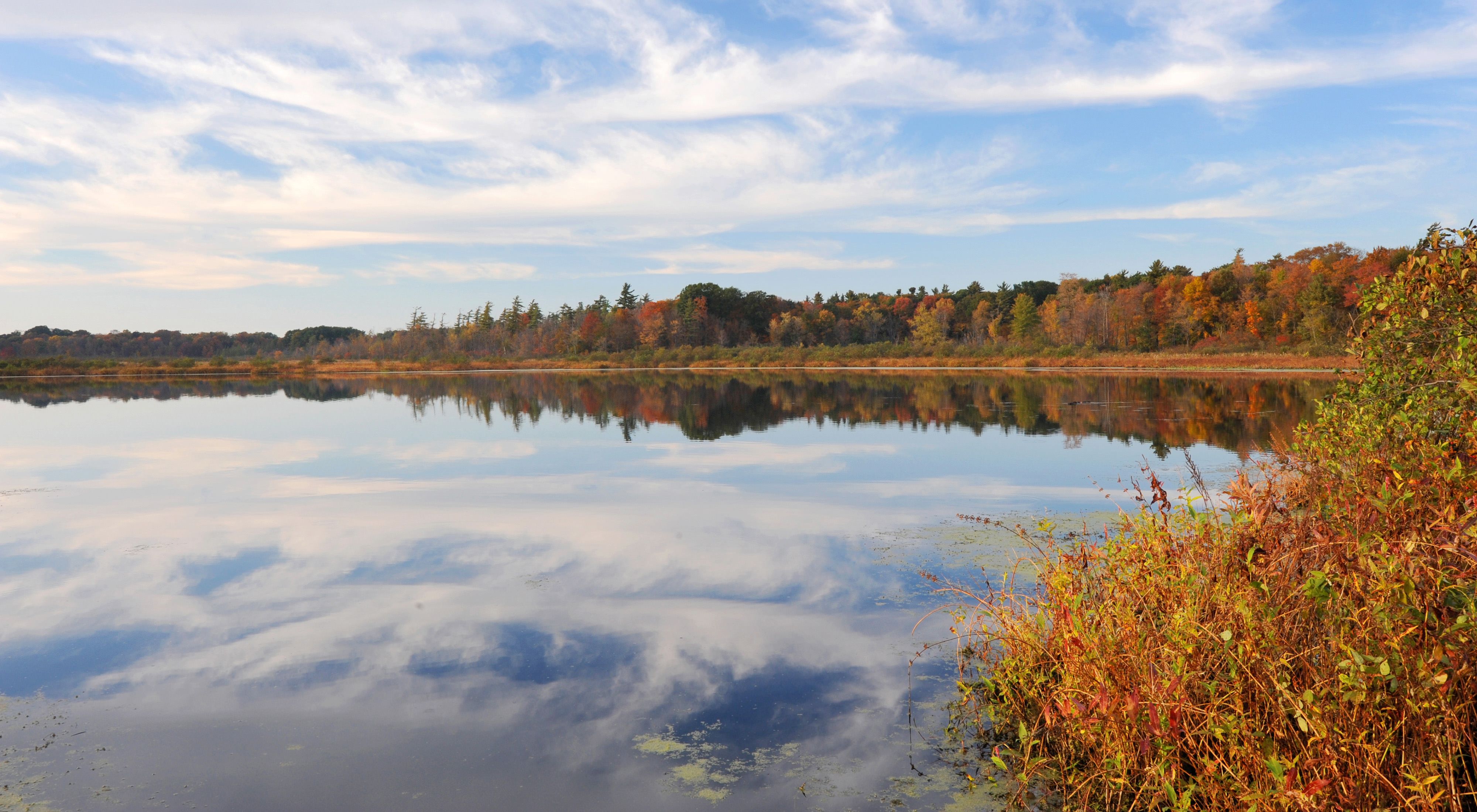If you have a question about wetlands, Jim Bissell is your go-to. Curator of botany and director of natural areas at the Cleveland Museum of Natural History, he’s been part of efforts to survey every wetland east of Cleveland, and is considered the resident expert on plant diversity and distribution for that part of the state.
What he’s witnessed over the years has him concerned.
“There were a lot of good glacial lakes left in the ‘80s,” Bissell says. “But when we resurveyed between 2002-2006, many of those had become degraded.”
One exception? The Nature Conservancy’s newly acquired Snow Lake.
“It absolutely retains the water quality it had back then,” he says.
Conservation-minded organizations have been interested in protecting Snow Lake for more than 30 years, says Bill Ginn, an honorary life trustee of the Conservancy in Ohio and a longtime broker of conservation deals in Northeast Ohio.
“Once I saw what was out there, it became immediately apparent that this place needed to be saved,” Ginn says.
A Vast Wetland Complex
The acquisition of Snow Lake, along with 250 acres of surrounding land that includes forested wetlands, marshes, and sedge meadows, represents the newest crown jewel in a wetland complex called the Cuyahoga Wetlands.
The property is adjacent to the Conservancy’s Lucia S. Nash Preserve, and not far from both Geauga Park District’s Burton Wetlands Nature Preserve and the Cleveland Museum of Natural History’s Fern Lake.
It’s also embedded within a patchwork of 18,000 acres the City of Akron owns and manages in the Cuyahoga Wetlands to protect the city’s drinking water supplies, which 300,000 people rely on.
Drinking Water Protected
The property was purchased with help from Ohio EPA’s Water Resource Restoration Sponsor Program in cooperation with the Northeast Ohio Regional Sewer District (NEORSD). Ohio EPA’s program encourages communities to pair water treatment infrastructure improvement with companion projects that restore habitat and control runoff.
“The City of Akron applauds the efforts of The Nature Conservancy, the Ohio EPA and the Northeast Ohio Regional Sewer District, in cooperating to protect the integrity of these wetlands,” Akron Mayor Dan Horrigan says. “Not only does this purchase aid in preservation of the wild beauty of the Scenic Upper Cuyahoga River Watershed, it also supplements Akron’s existing, significant efforts to protect the quality of the drinking water supply for the city and surrounding communities by adding to the permanent conservation of land in the watershed.”
Sense of Isolation & Wildness
The degree of land protection in this part of the state has created a sense of remoteness at Snow Lake that’s rare for Ohio, says Terry Seidel, director of protection for the Conservancy in Ohio.
“It’s so surrounded by wild land you feel like you’re 1,000 miles away,” he says.
The property is home to a wide variety of animals, including migratory and nesting ducks, geese, trumpeter swans, and wading birds—including sandhill cranes, which nest on the property.
Credit for the land’s ongoing health goes at least in part to the Holzheimer family, who sold the property to the Conservancy. Originally part of the Western Reserve granted to Oliver Snow, a Revolutionary War veteran, the property became a hunting and fishing club in the early 1900s and was privately owned by the Holzheimers for more than six decades.
Like new parents, the Conservancy plans to show off its newest pride and joy, and is developing a plan to open the property to the public.
Protect Snow Lake – and Clean Drinking Water
We need your help now to protect this vital natural area longterm and ensure that others have a chance to experience it by opening the preserve to the public.
